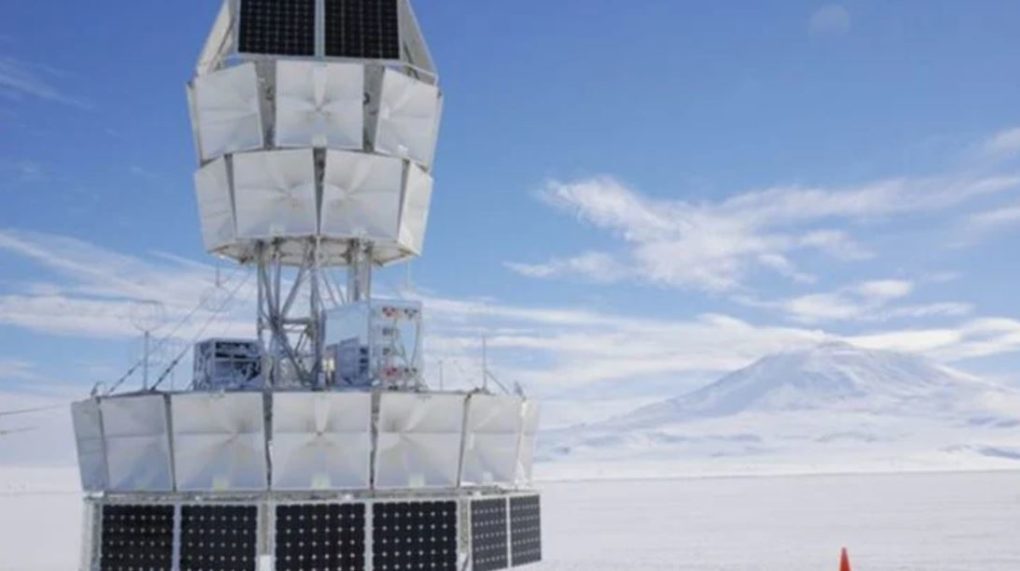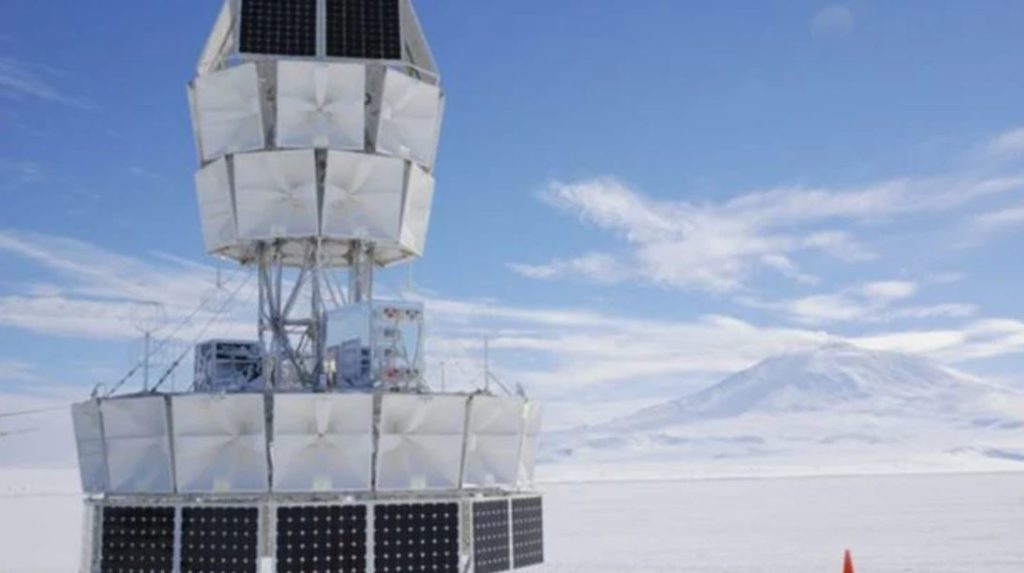Scientists Discover Evidence of Parallel Universe Where Time Flows Backward
The existence of parallel universes sounds like science fiction, but over the years a number of prominent physicists have come to believe the idea is not only compatible with conventional physics but that it may explain some of the anomalies in quantum theory.
A new discovery in Antarctica has caused a stir in scientific circles as possibly representing the first tangible physical evidence of a parallel universe.
Scientists working for NASA’s Antarctic Impulsive Transient Antenna (ANITA) have been conducting a cosmic ray detection experiment. Antarctica is the ideal environment for such an endeavor because a persistent wind of high-energy particles rains down from outer space unperturbed by radio noise.
Widget not in any sidebars
ANITA is a stratospheric balloon that ferries complicated instruments high into the air over Antarctica, surveying over a million square kilometers. Its instruments search for heavier tau neutrinos trapped by solid-state matter. But while these high-energy particles do not pass through the Earth, like their lighter low-energy cousins, they should be originating from out in space and moving “down” toward us.
However, ANITA scientists discovered something surprising: tau neutrino particles that seem to be arising “up” from the Earth, implying that they’re moving backward in time.
Principal ANITA investigator Peter Gorham, an experimental particle physicist at the University of Hawaii, says he was surprised by this and checked for computational or equipment glitches to explain the finding.
“What we saw is something that looked just like a cosmic ray, as seen in reflection off the ice sheet, but it wasn’t reflected,” said Gorham. “It was as if the cosmic ray had come out of the ice itself. A very strange thing. So we published a paper on that, we just suggested that this was in pretty strong tension with the standard model of physics.”
Gorham says these “impossible events” are controversial but “could indicate that we’re actually seeing a new class of sub-atomic particle that’s very penetrating. Even more penetrating than a neutrino, which is pretty hard to do. This particle would be passing through almost the entire earth. So this could be an indication of some new type of physics, what we call beyond the standard model of physics.”
Surprisingly enough, one of the simplest explanations for such a finding is that when the Big Bang occurred 13.8 billion years ago, it formed both our universe and a mirror universe where time flows in reverse. Inhabitants of that universe would likely not experience time going backward but would rather perceive us as the reverse universe.
“Not everyone was comfortable with the hypothesis,” Gorham told New Scientist.
Another possibility is that the Earth was inundated from cosmic rays from a supernova blast that penetrated our planet.
Scientists have increasingly come to accept the possibility of multiple universes. A few years ago astronomers considered evidence of a “bruise” on our universe, an anomalous “cold spot” that could represent an ancient collision with another universe in the multiverse.
Stephen Hawking’s final paper, released posthumously, proposed a theory for explaining alternate universes.
Source: The Mind Unleashed
Image: ANITA Antarctic Hang Test/University of Hawai’i at Manoa
Subscribe for natural health news to your inbox. Follow Natural Blaze on YouTube, Twitter and Facebook.




